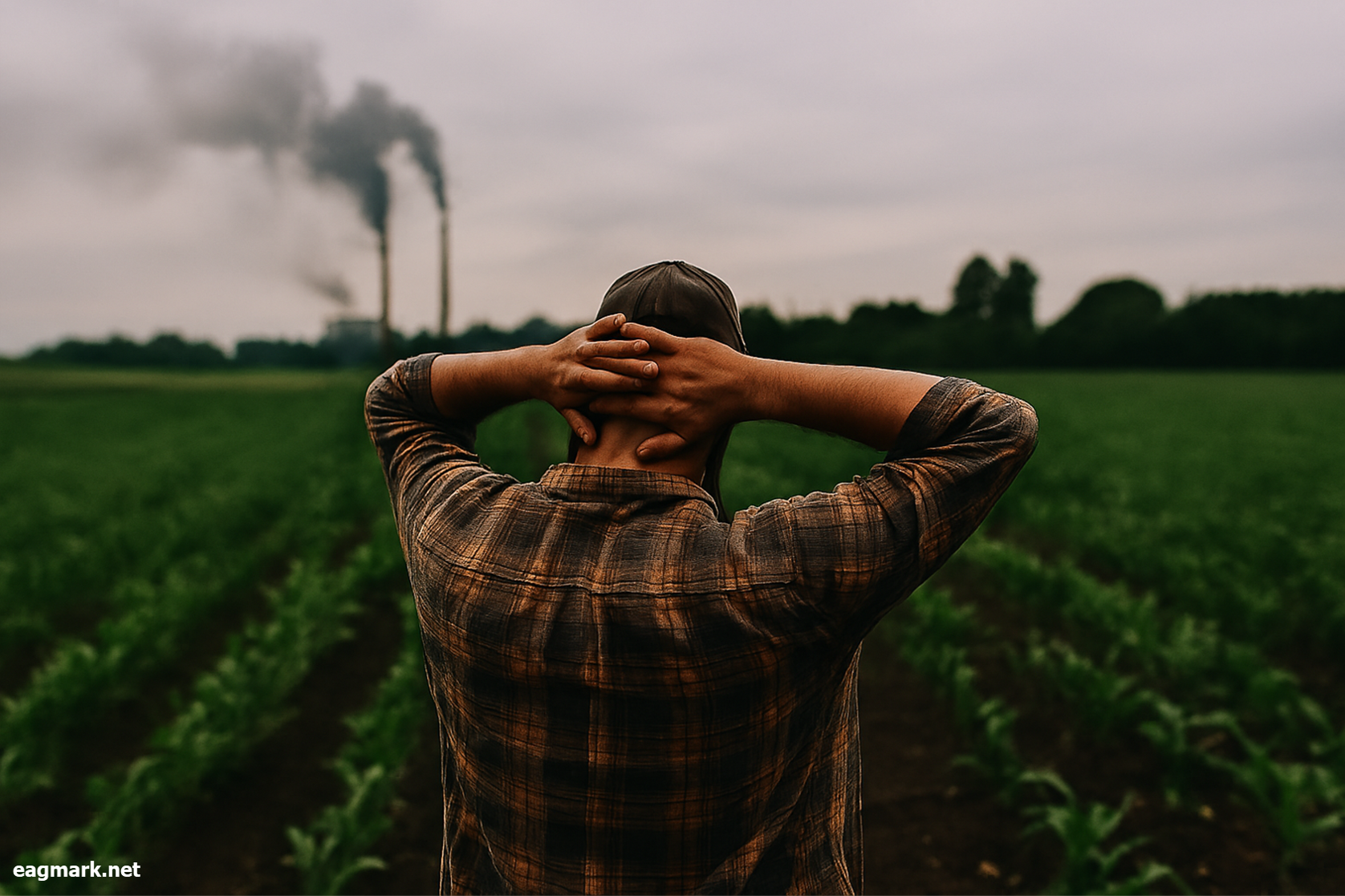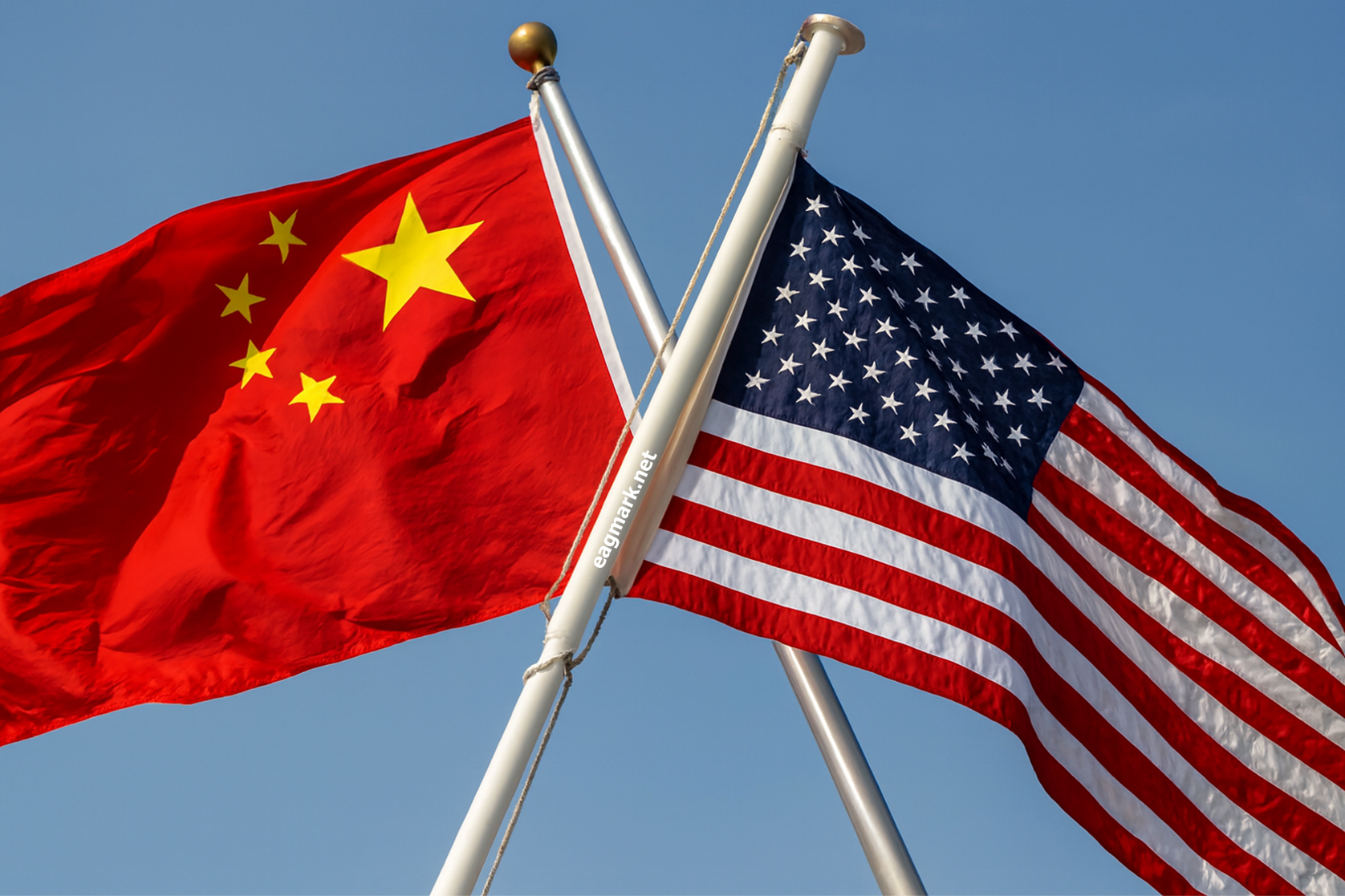
Global fertilizer markets are entering a challenging period as prices climb while farmer purchasing power declines, according to analysis from Rabobank's agricultural research division released in April 2025.
Bruno Fonseca, senior analyst for farm inputs at RaboResearch, warned that the fertilizer industry is transitioning from a period of relative affordability to one where farmers will struggle with reduced purchasing power. The firm's fertilizer affordability index turned negative in January 2025, signaling deteriorating market conditions expected to persist throughout the year.
The World Bank reported a 15 percent increase in fertilizer prices during the first quarter of 2025, with phosphate-based products experiencing particularly sharp gains. Diammonium phosphate prices rose from approximately $583 per ton in January 2025 to nearly $800 in August, representing a 36 percent increase in less than eight months.
Phosphate's affordability index had its 12-month average turn negative in August 2024, with RaboBank forecasting it will remain negative through at least August 2025. This extended period of poor affordability could set new records for the duration of negative conditions in the phosphate market.
The supply situation remains constrained across multiple nutrients. China's restrictions on fertilizer exports, implemented to protect domestic supplies, have significantly reduced global availability, particularly for phosphates and nitrogen products. In 2024, China's nitrogen fertilizer exports fell by more than 90 percent compared to the previous year.
Meanwhile, global grain production has reached record levels in 2025, with world cereal production forecast at 2,930 million tonnes. U.S. corn production for 2025/26 is forecast at a record 16.7 billion bushels, while global wheat production stands at 805.3 million tons, 0.9 percent higher than the previous year.
However, this abundance has kept commodity prices relatively low, squeezing profit margins for farmers. Despite high grain production, tight margins are expected to continue in 2025, with commodity prices likely near or below the breakeven cost of production.
The European Union's Carbon Border Adjustment Mechanism (CBAM) will add another layer of complexity starting in 2026. The policy will introduce a carbon tax on approximately 15 million metric tons of nitrogen-containing fertilizer imports into the EU annually, with estimated price increases ranging from 10 to 20 percent for ammonia, 10 to 15 percent for urea, and 2 to 5 percent for DAP in 2026, depending on supplier emissions.
These increases could rise to 50 percent for ammonia, 45 percent for urea, and 10 percent for DAP by 2030 as free allowances under the EU's Emissions Trading System are phased out and carbon prices climb.
High-emission suppliers such as Trinidad and Tobago and China will face steep CBAM liabilities, reducing their competitiveness, while lower-emission producers like the United States are expected to gain market share.
Fonseca emphasized that while demand cuts may not materialize immediately in 2025, the negative affordability index indicates that reductions will occur eventually. Farmers and importers are responding by engaging with suppliers that provide verified emissions data and have decarbonization plans to manage rising costs.
As 2026 approaches, the agricultural sector faces a convergence of challenges: elevated input costs, constrained supplies, new carbon regulations, and compressed profit margins that will test the resilience of farming operations worldwide.
